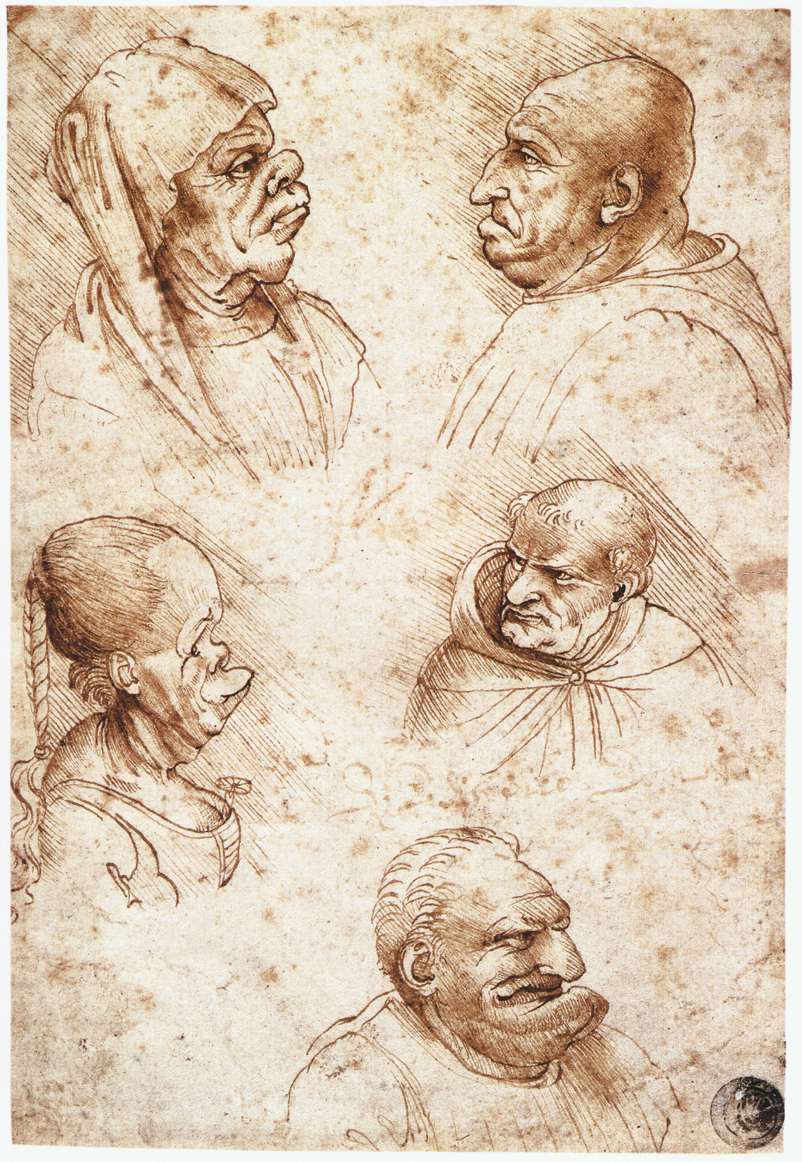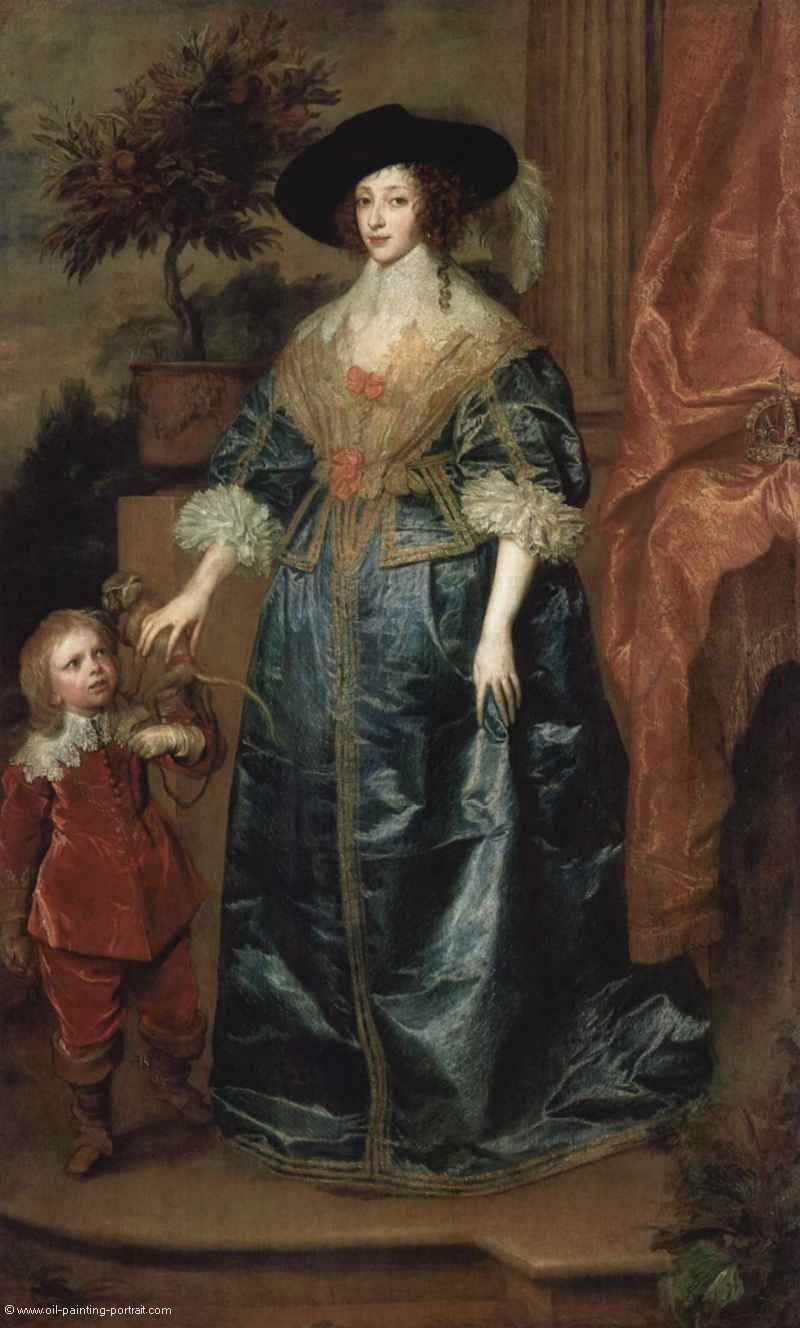Theories of Difference
Identities are constructed in relation to the 'other', that is in relation to what they are not. therefore the notion of 'difference' is integral to the construction of identities.
Heronimus bosch
The fool, the caricature heads--->ugliness is part of the world
Henrietta Maria and her dwarf Jeffery Husdon- He is her harmless mascot and exists for her entertainment and pleasure, he is treasured for his difference but also looked down upon to some degree
As peoples knowledge of the world grew so did peoples fascination of the 'others' dark skinned people etc.
The concept of The ‘Other’ describes ways in which, as individuals and communities, we make sense of and construct the identities of people who are different.
HEGEL (1770-1831)
argued that one cannot make sense of oneself without the recognition of others.
He used: the Master (dominant) & Slave (docile) parable
dress is a way of subjecting people servants wear uniforms to show that they 'belong' to someone
slavery ended in Britain in the 1800's
in the states slavery and then segregation lasted for far longer finally ending (officially) in the 1950's
The spectacle of the East was exotic and thrilling.
the privileged ‘Western Gaze’ that depicts the previously hidden protected beauty of Oriental women. (a voyeuristic gaze)
School sometimes linked to sexual taboos of sadism and initiation of virgins.
Lady Mary Wortely Montague and early traveler she was fascinated by the oriental world and wrote many journals about her travels.
Odalisques (oriental nudes)
Many paintings are constructed worlds based on here say, many of the painters had never been to the orient.
The 'orient' is a term that only has meaning as a western construction. a concept exists in the west for the west. The Orient is timeless, it is strange, it is feminine
In the 19th Century the ‘Orient’ was carefully observed in order to:
- enable better colonization
- enforce own power and superiority
- The conceptualized ‘Other’, or the Oriental was perceived as inferior, alien, exotic, heathen, savage.
- they made assumptions about race and gender
Europeans denigrated or dismissed the 'others' way of knowing the world and being human
different=savage
would try to fix 'savageness'
Many scientists tried to prove differences in race, trying to show that western people where Superior
the exotic in modernism in the 20th c. a celebration of the exotic was central to the development of modern art and design
Bakst, Gauguin, Matisse
New social movements and legislation in contemporary multicultural societies have allowed marginalized groups to celebrate their differences publicly particularly in relation to gender sexuality and race
post colonialism
In Multicultural Societies built up in the contemporary Post-Colonial period, ‘Culture’ has become increasingly fragmented. It expresses much more diversity, and this is visible in dress.
Writers such as Edward Said and Stuart Hall have explored the notion of ‘The Other’ and ‘Difference’.
Edward SAID
Orientalism (1978)
Culture and Imperialism (1993)
saw: ‘Orientalism as a dogma that not only degrades its subject matter, but also blinds its practioners’
argues that: Representations of the Orient are for consumption within a dominant western culture. He critiques Colonial Orientalism and the oppressor-oppressed relationship
SAID opens up a new debate which is crucial in development of Postcolonial thinking. He provides a voice from the Orient.
Gayatri SPIVAK
Can the Subaltern Speak (1985)
A critique of Postcolonial Colonial Reason: towards a History of the Vanishing Present (1999)
Work operates at the intersections between postcolonial theory, feminism, deconstruction and Marxism.
She uses the term ‘the subaltern’, the inferior rank, to represent the colonized or peripheral subject.
She argues that personal cultural worth can be restored by questioning the patriarchal colonial discourse. She believes that ‘othering’ and ‘worlding’ can shape an awareness of connections and a new discourse exploring the concepts of the diaspora and interconnectedness.
Homi BHABHA
Nations and Narration (1990)
He believes in the ultimate superiority of the nation’s ‘inside’ over the ‘outside’.
Arguing that the margins of the nation can displace the centre. This intervention at the edges allows for ‘hybridization’ between cultures, the forming something completely new.
does this picture show someone wanting to be the opposite?





No comments:
Post a Comment